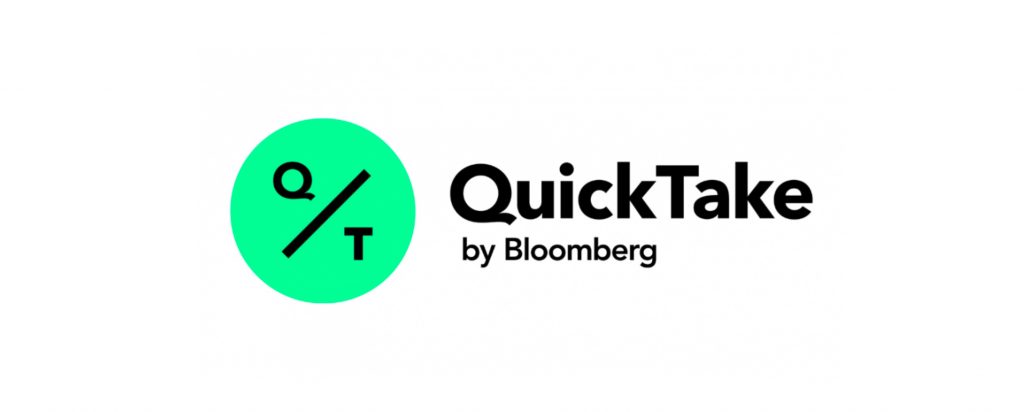If you want to go fast, go alone. If you want to go far, go together.
-African proverb.

Some scientific problems can be and must be solved quickly. Other scientific problems require a greater effort, via a combination of skill sets and development of new tools to make a greater advance. The recent emergence of the novel coronavirus, SARS-CoV-2, which causes COVID-19, again demonstrates that the scientific community must unite to develop tools that allow both rapid responses and more permanent solutions to this and future disease outbreaks.
I’ve spent my career producing atomic-resolution, three-dimensional structures of the key molecules of viruses like Ebola virus and Lassa virus. The surfaces of these viruses, as well as that of SARS-CoV-2, are coated with glycoproteins that allow them to attach to and infect target cells.
These glycoproteins are the key target of antibodies produced by our immune system. I and my group use structural biology techniques such as x-ray crystallography and electron microscopy, as well as biochemical methods to understand how antibodies target these viruses to mechanically block infection and propagation. The ability of antibodies to inactivate or “neutralize” infection in cell culture is one of the best predictors we have of ultimate in vivo success. However, for Ebola virus, there was a puzzle. Some potently neutralizing antibodies nonetheless failed to protect living things, while other antibodies, which did protect living things, failed to neutralize in cell culture. Thus, we needed additional information about which other features of antibodies correlate with protection and what antibody activities were most complementary in treatment cocktails.
In 2013, we spearheaded the formation of the Viral Hemorrhagic Fever Immunotherapeutic Consortium (VIC), a multidisciplinary convergence of structural biologists, virologists, immunologists, clinicians, and public health practitioners from academic, government and industry settings across five continents. VIC members donated over 250 antibodies against Ebola virus glycoprotein for parallel analyses of antibody features, side-by-side, in multiple labs via multiple techniques. Data from these analyses provided guidelines for which features best correlated with antibody-mediated protection from disease.
The goal of the VIC was to advance safe and effective, fully human, monoclonal antibody (mAb) therapies against not only Ebola virus, but also viruses like Lassa virus that infect thousands annually in West Africa. The VIC achieved this goal by accelerating development of effective antibody-based treatments for individuals suffering from Ebola virus disease and a first-in-class cocktail for Lassa virus in pre-clinical testing.
For CoVIC, we will apply the successful model of the VIC. We call on researchers to contribute antibodies against the SARS-CoV-2 surface glycoprotein, the S protein, as well as other SARS-CoV-2 proteins and proteins from related Betacoronaviruses such as SARS-CoV and MERS. These antibodies will be anonymized through the assignment of code names to protect intellectual property and the ability of contributing partners to publish. Aliquoted, code-named antibodies will be sent to partners in academic and industry laboratories for structural analysis and assays to determine antibody affinity and avidity, epitope and neutralization activity in parallel assay formats
Data from these analyses will be compiled into a database, CoVIC-DB. This database will use the Immune Epitope Database (IEDB) as a template and will allow researchers from around the world free access to a clearinghouse of information about the antibodies against not only the SARS-CoV-2 spike protein, but its other key proteins as well. Contributing researchers will be able to access the unblinded data on their own antibodies. All will be able to analyze and use the information from the entire anonymized pool. Funding bodies and other stakeholders will be able to use the pool of information as independent verification of the activity of therapeutic candidates to advance for clinical use.
The collaborative strategy of the VIC was developed as a model that could be applied to a range of diseases, including now COVID-19. Right now, we must race to find effective therapeutic candidates, and also work together for independent verification of activity and ideal therapeutic candidates.
Please join me, my colleagues and the Bill & Melinda Gates Foundation in supporting the CoVIC. Visit the Contribute mAbs page if you would like to contribute antibodies to this effort.



